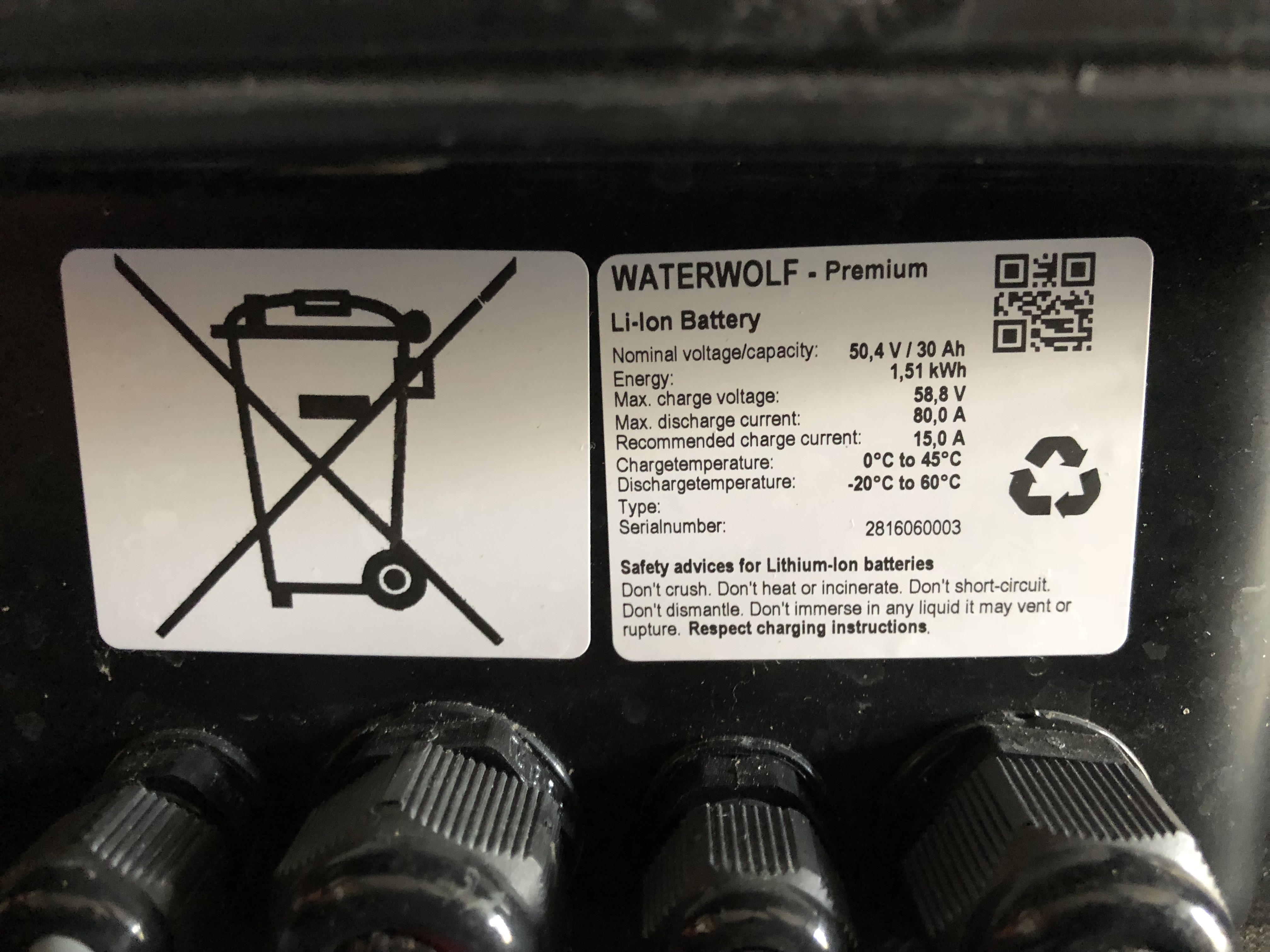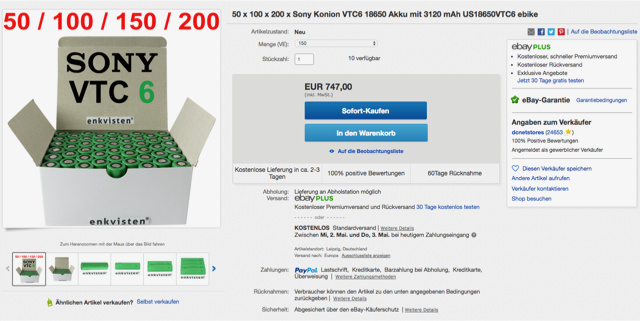I am not an expert but as far as I know most DIY fans are building their own Lithium Polymer battery packs (aka “LiPo” batteries) in order to be flexible with the performance and form factor.
Compared to Nickel-Cadmium and Nickel-Metal Hydride batteries NiMH Batteries they have much lighter weight, much higher capacity and much higher discharger rates (more punch)
On the downside LiPos have a much shorter lifespan and need special care in terms of charging discharging and storage. In the worst case they can lead to fire.
When you research for batteries you will find terms like “6S2P 10,000 mAh LiPo”
Voltage & cell count:
6S means 6 batteries in “series”. If you connect cells in series the voltage ads up (e.g. 6 times 3,7V = 22,2 V)
BTW, If your battery claims 3.7 V this is the average voltage (fully loaded it would be 4,2 V and discharged 3 V)
2P means 2 batteries in “parallel”. If you connect cells in parallel the capacity ads up.
Capacity:
10,000 mAh (milli Ampere hours) = 10 Ampere hours (10 Ah) indicates the capacity of the battery. The higher the number, the longer the run time.
Discharge rate (“C” Rating)
The C Rating is simply a measure of how fast the battery can be discharged safely and without harming the battery. The “C” in C Rating actually stands for Capacity.
50C would mean you can get 50 times the capacity, so for the 10 AH example above this would be a maximum of 500 Ampere which you can get out without harming your LiPo.
I found this guide which goes into more detail:
https://rogershobbycenter.com/lipoguide/
For beginners it might be much easier AND SAFER to buy a complete LiPo pack such like this one:


